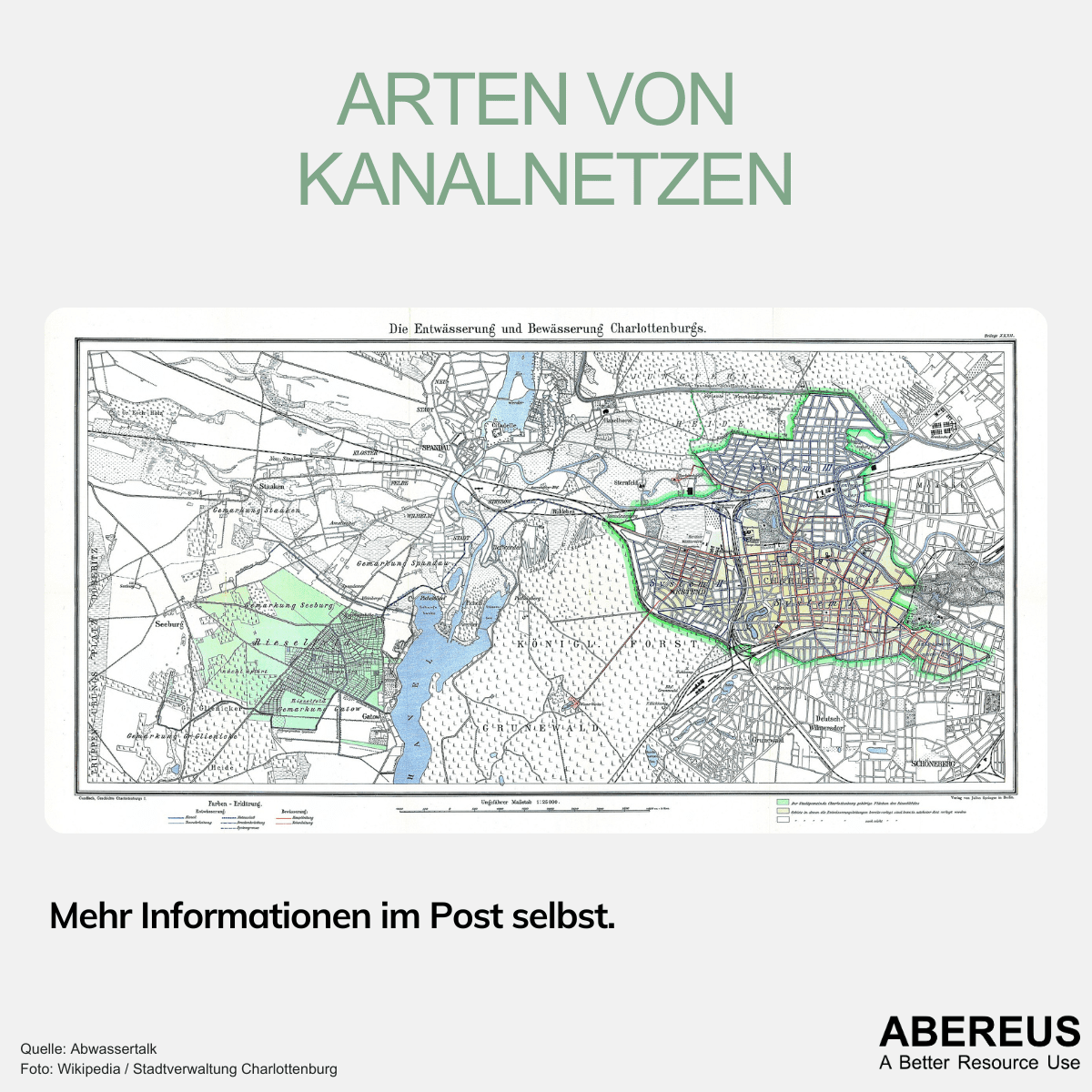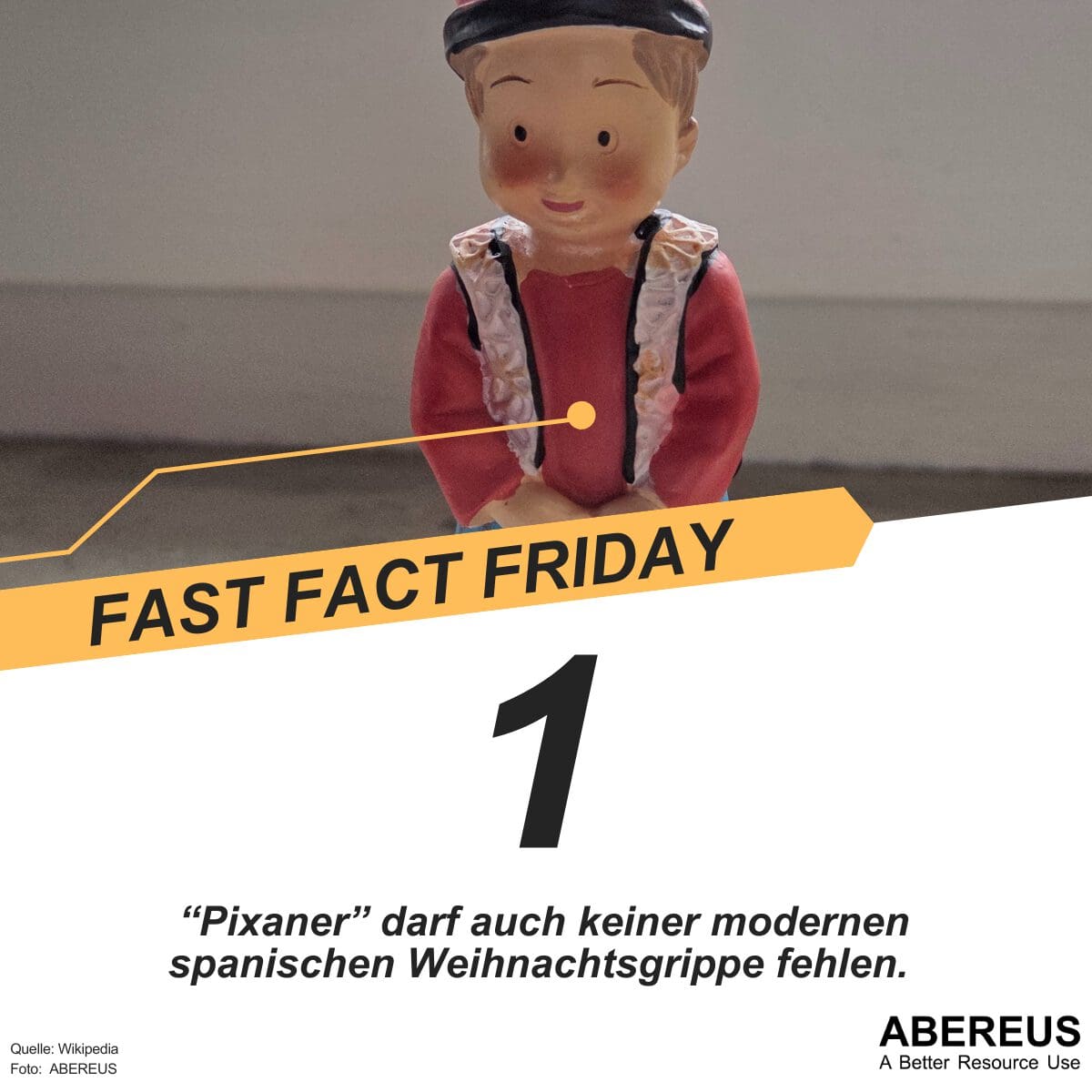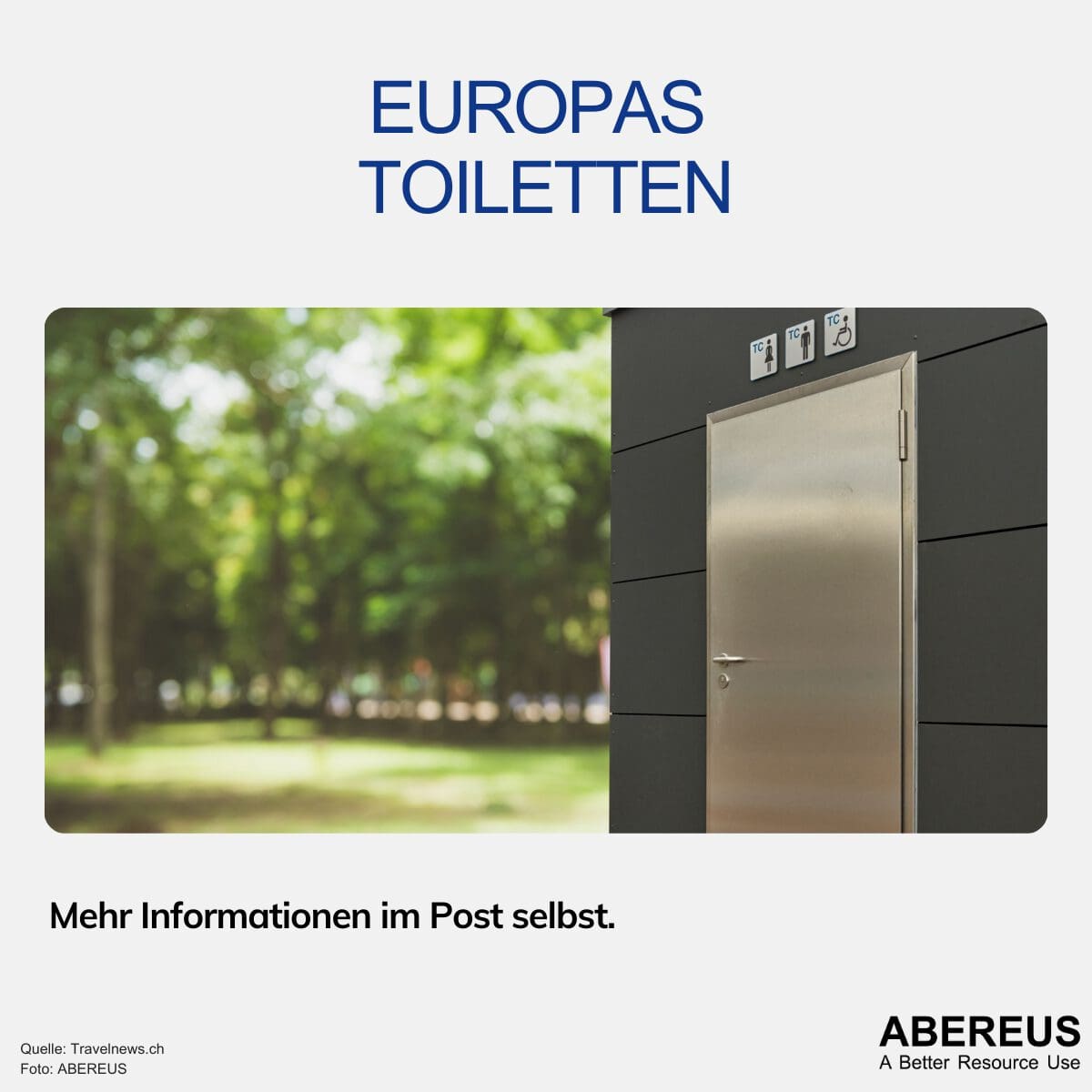Types of sewer networks

Date
As you already know, the German sewer network has a total length of around 619,000 km. Interestingly, these sewer networks do not all work in the same way. In Germany, there are mainly three different types: combined sewage, rainwater and wastewater.
The different types depend mainly on the year of construction and the location of the system. In southern Germany, where the landscape is not so flat, there are mainly combined water systems. This means that rainwater is collected and transported in the same network as all of the municipality’s wastewater. The mixture then flows to the local sewage treatment plant. Here, joint treatment then takes place.
In northern Germany and in newer districts or districts located by lakes in the south, there are usually two different sewage systems. One for the actual wastewater, which is discharged and flows through the network to the nearest sewage treatment plant. The wastewater is treated and then discharged into the nearest river or lake. On the other side is the rainwater. This remains in its own closed system and flows into a natural body of water – either with or without basic treatment.
Direct vs. indirect carbon footprint
Apart from these three main types of wastewater, some remote sites are not directly connected to a fixed system. These sites usually have a collection pit and, if necessary, a sewage truck collects the wastewater so that the pits are empty again. In some places, there is also a vacuum pipe system that collects everything. These systems are rare in Germany and are more complex to maintain.
If you want to learn more about water, wastewater and everything related to it, get connected and join us for a better resource use!
Source: https://abwassertalk.podigee.io/



